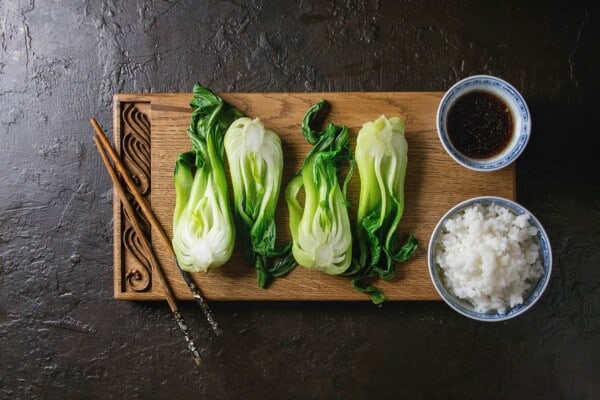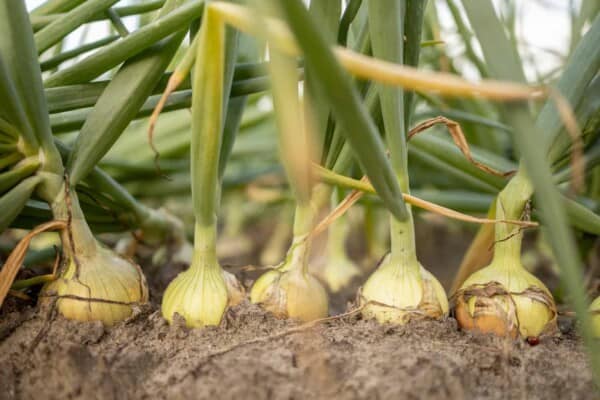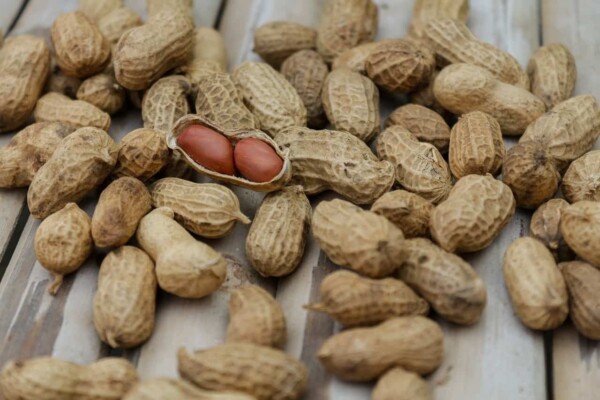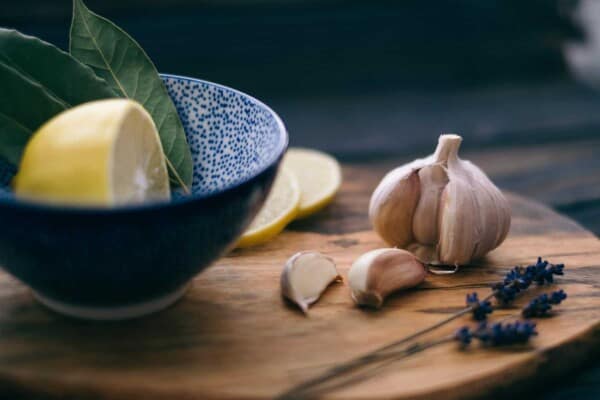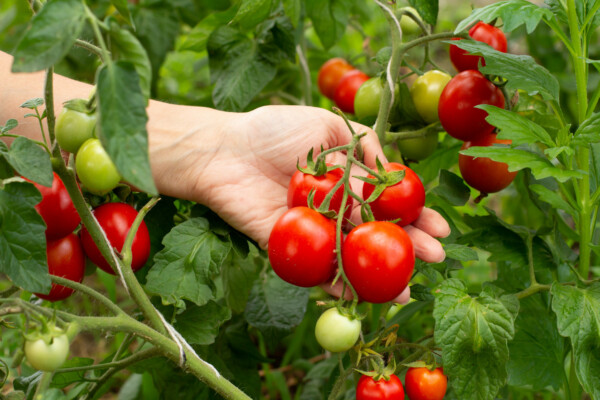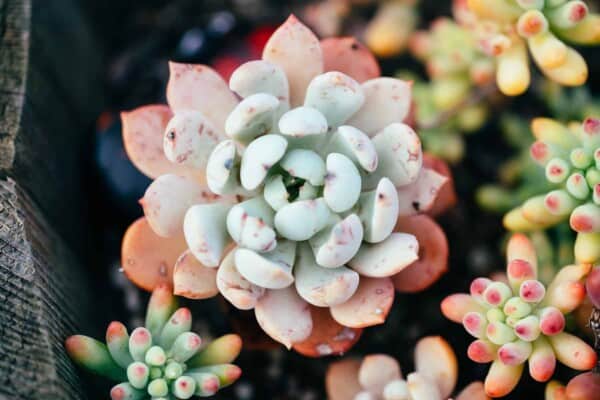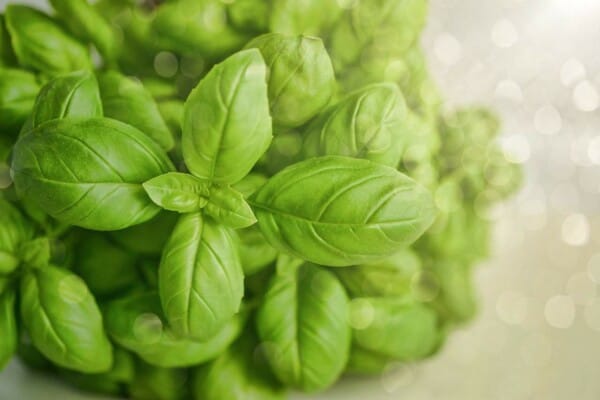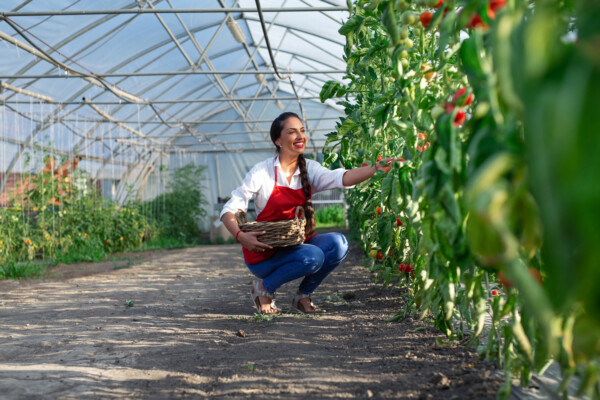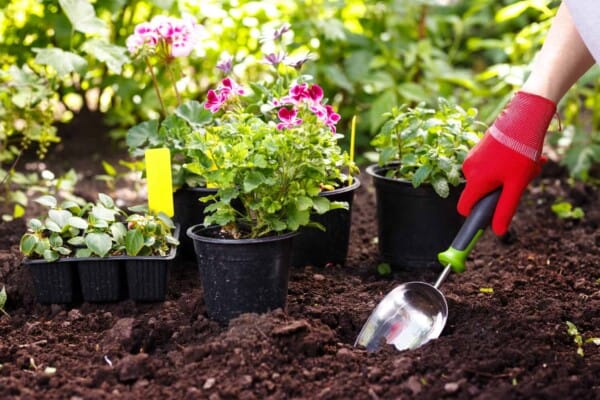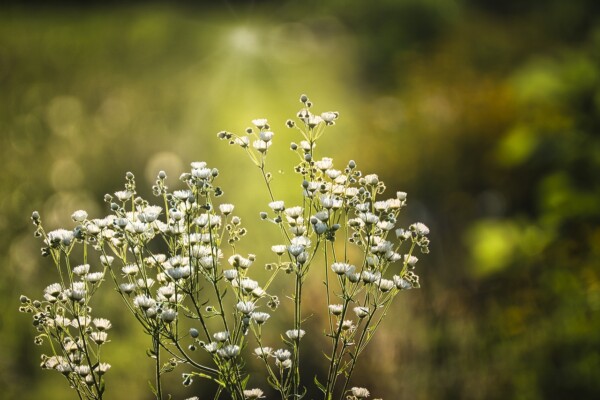Lemongrass is one of the most versatile herbs around, on top of also being very easy to grow in your own backyard.
It has bright green stalks and a very crisp smell that makes for the perfect tea after a long day’s work. You can grow it in a container outside or better yet, you can just plant it in your garden to get the job done.
But that’s not even the best part about it, that’s reserved for the fact that you can start planting it at any point during the year.
If we piqued your interest with that intro then keep on reading because today, we will be talking about everything you need to know about lemongrass. That includes how to grow it, how to harvest it and most importantly, how to use it.
So, without further ado, let’s start off with the basics:
What is Lemongrass?
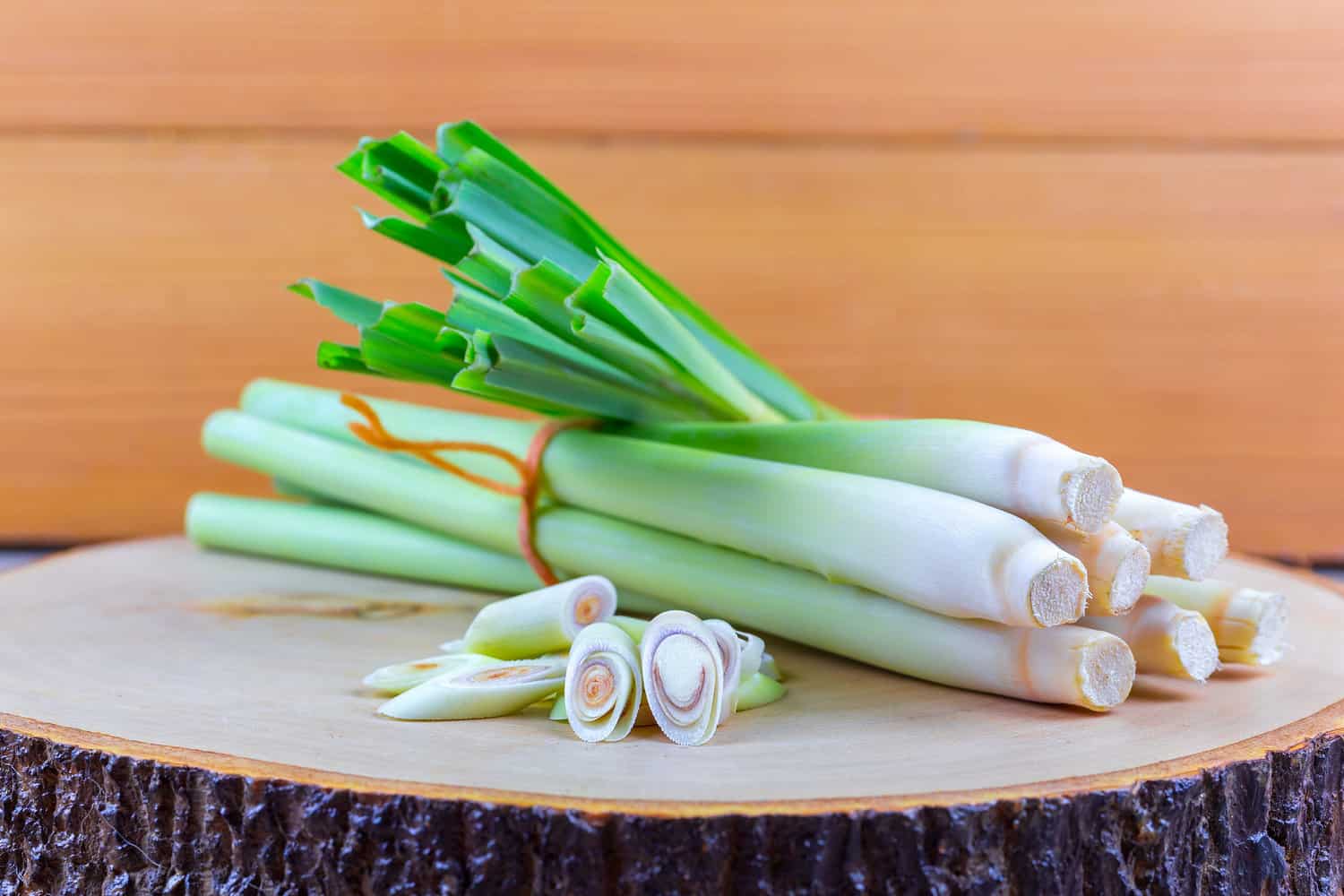
Lemongrass is a plant that is known for its signature lemon-like scent. As such it is a very popular culinary herb to use especially in teas.
Lemongrass can be found in many different tropical climates, with its most notable distributors coming from Asia: Thailand, Indonesia, India and Sri Lanka.
Its Latin name is Cymbopogon citratus, and while it is the most famous example of this species, it is not the only one. Other notable Cymbopogon include:
- East Indian Lemongrass – Also known as the Cochin Grass, it is very similar to the lemongrass with the only real difference between the two being the fact that it grows a lot taller and it has red coloring at the base of the stems
- Palmarosa – Also known as the Indian Geranium, it is again quite similar to the lemongrass, except for the fact that it has much finer leaves. On top of that it flowers more than a couple of times per year and its flowers are known for releasing a rose-like fragrance
- Citronella Grass – As opposed to lemongrass, the Citronella Grass grows quite large and it has red stems. It can be used to harvest citronella oil while also serving as a great insect repellent. This is also a fan favorite tea base choice
What Does Lemongrass Taste Like?
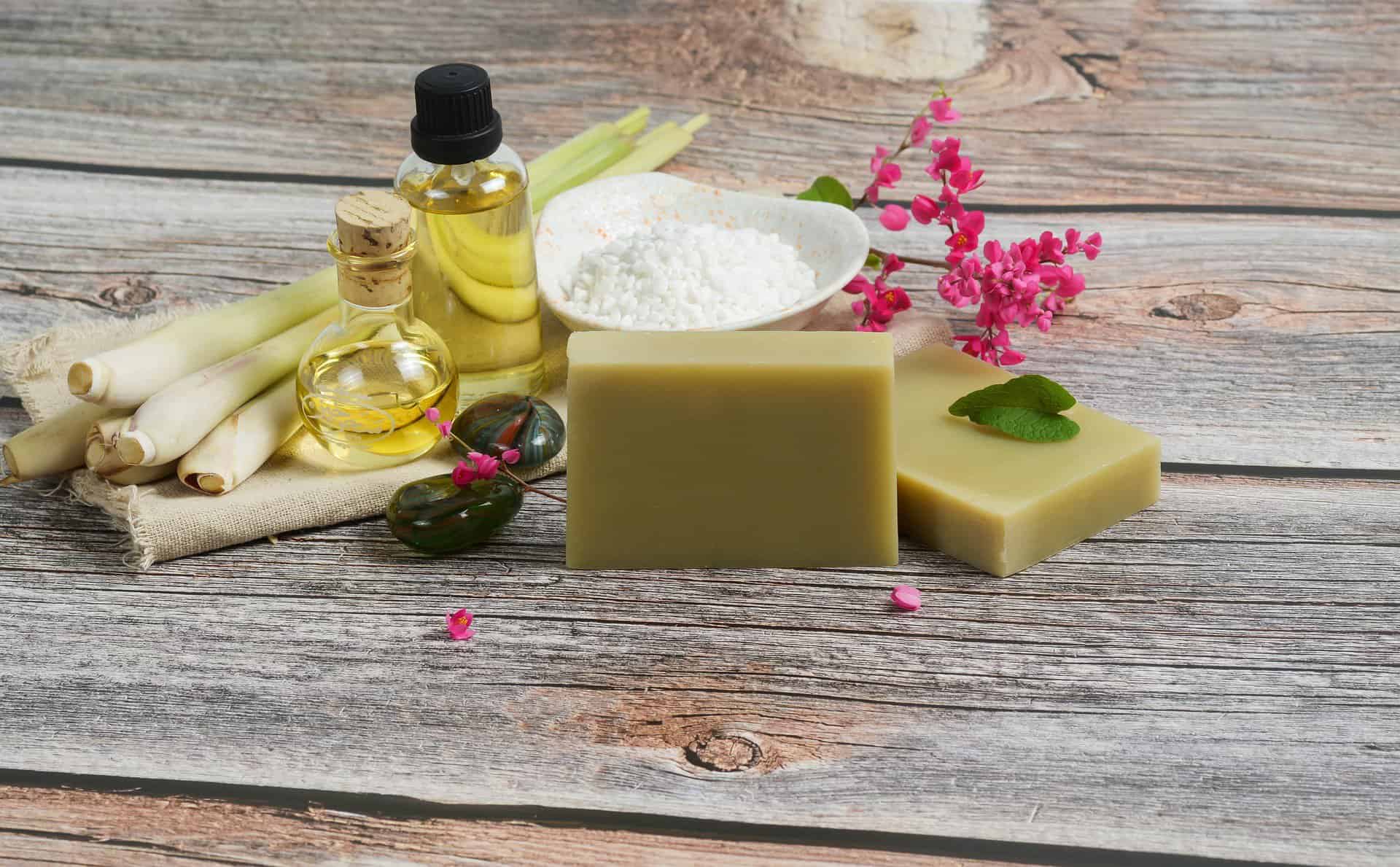
As mentioned previously, lemongrass is known for its distinctive lemon taste, and it is by far the top choice if you ever want to give your tea a lemon-like taste, without actually using lemon in the first place.
The reason behind this is the fact that it has the same essential oil that lemongrass has, so technically speaking, you don’t miss out on any nutrients if you choose to go for lemongrass as opposed to normal lemons.
Interestingly enough though, there is a slight difference between the two when it comes to the aftertaste.
Most people that have tried the two did state that lemongrass has a bit of a gingery aftertaste that changes depending on how fresh it is.
If you just got it out of the ground for example you will notice that this aftertaste changes to a more floral and minty taste, while a dried out lemongrass has a much woodier taste.
The Main Uses of Lemongrass
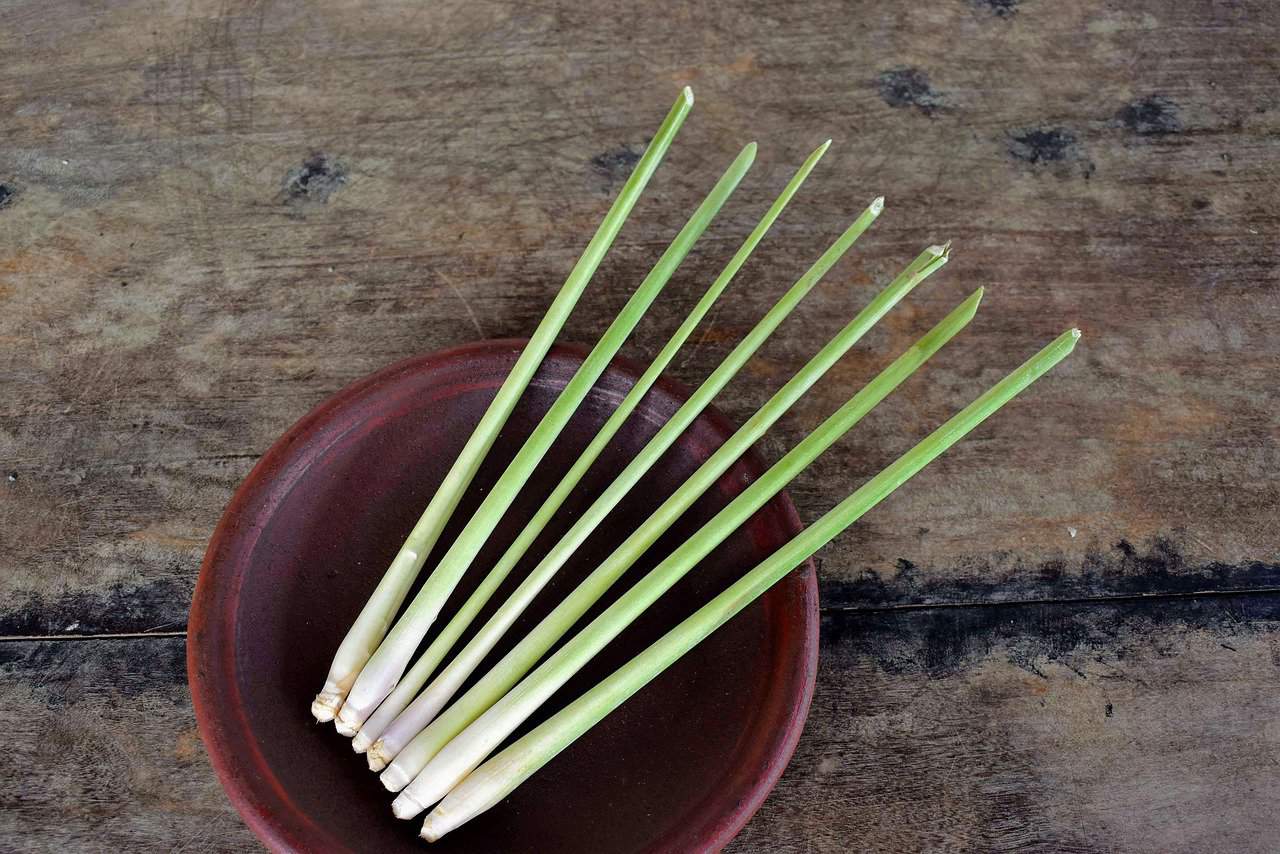
The main reason as to why people use lemongrass is the fact that it is a great dietary supplement for a lot of afflictions.
For one, it is believed that it is a great muscle pain reliever thanks to its antioxidant and anti-inflammatory properties. That is why it makes for one of the best culinary herbs to use.
Lemongrass also makes for a great plant to put in your fruit tree guilds in order to keep weeds from overtaking your garden.
If you hate snakes just as much as we do, you’ll also be more than happy to have lemongrass in your garden as it’ll keep them away permanently.
If you couldn’t find any lemongrass at your local shop you can consider Vetiver grass as a good replacement.
Last but not least, you should know that lemongrass makes for a great mulch. As such you can use it for permaculture chop-and-drop.
How to Take Care of Lemongrass
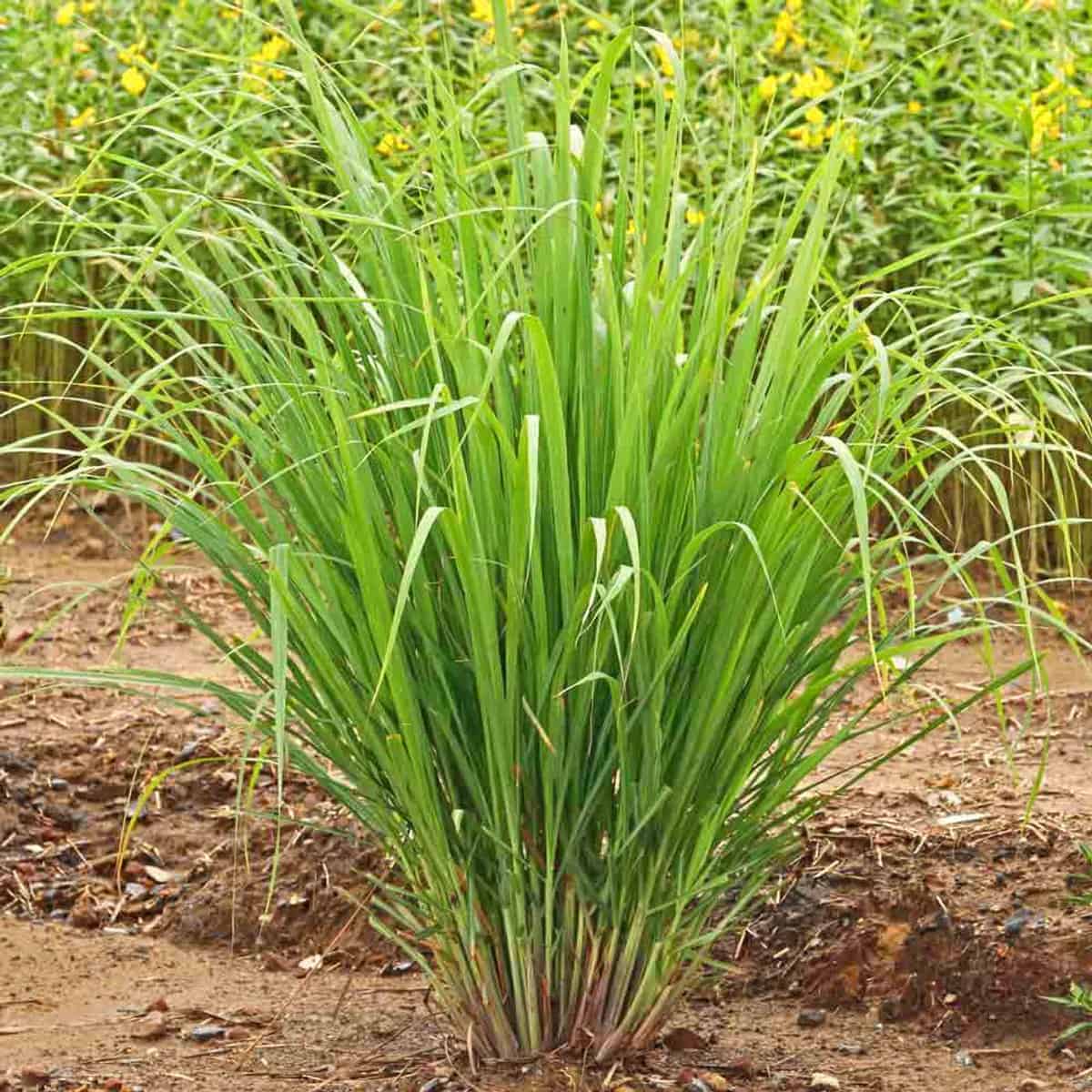
Lemongrass thrives in areas that mimic the warm and humid habitat of its native region. This is why it is recommended that you plant lemongrass in areas that have plenty of heat, light and moisture to go around.
As long as your lemongrass has all of these going for it, it will grow and multiply quite ferociously.
As mentioned previously, lemongrass is quite known for its specific lemony fragrance which also doubles down as a great pest repellent.
Mosquitos are known as one of the most hated pests to have around your garden, but luckily planting a few lemongrasses will keep them away for good.
The Light
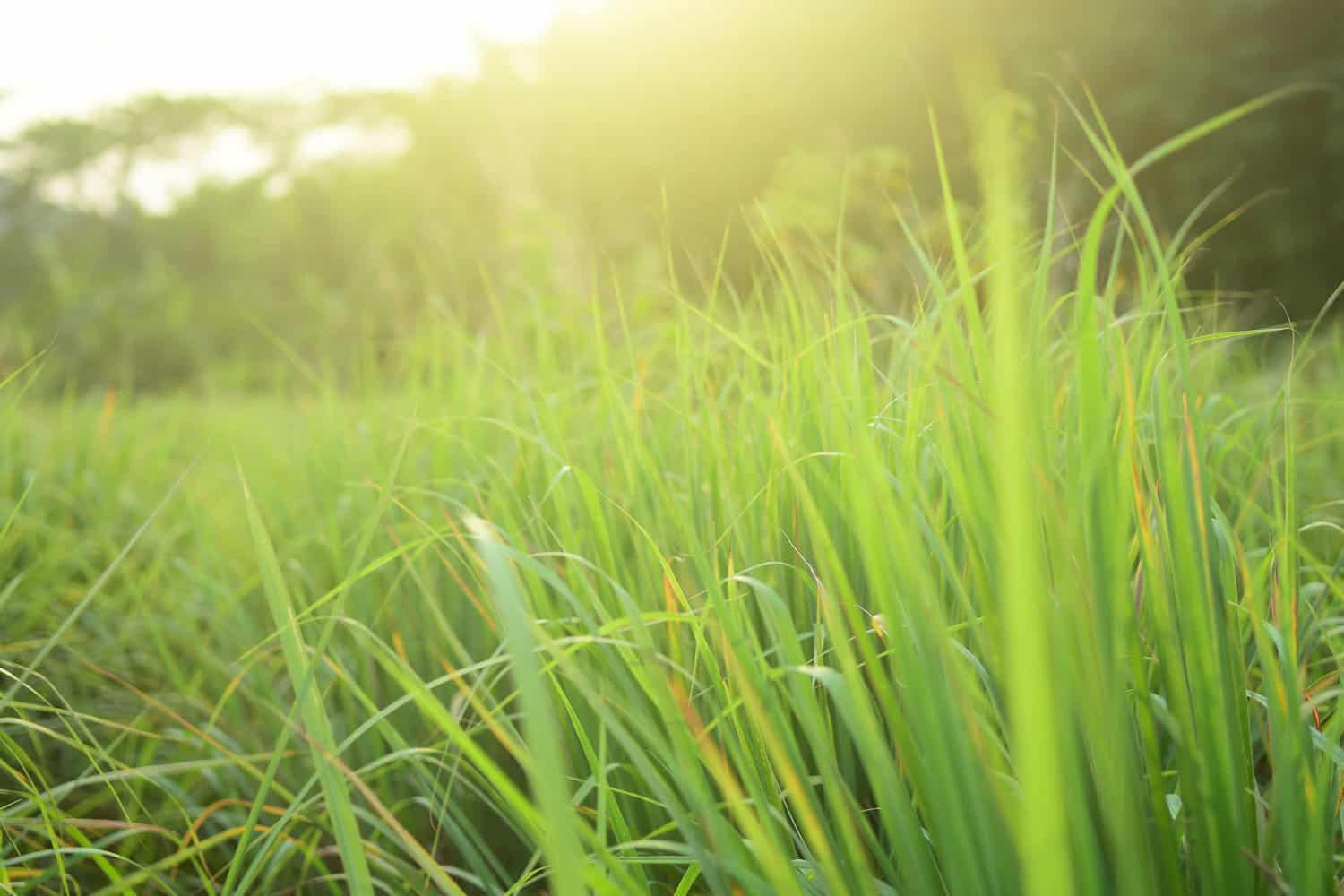
There is nothing that lemongrass loves more than being in the full sun, to the point where even if you live in a very arid and hot climate, you’ll still want to plant them in full sunlight.
They need around six hours or so of direct sun per day in order for them to grow properly. If your lemongrass is forced to live in the shade then it will not grow all that big and in some cases it may not grow at all.
Luckily, this does mean that you can place all of your other plants in the shade where they will be kept pest-free by the Lemongrass’s fragrance.
The Soil
When it comes to the soil that you’ll be planting your lemongrass in, you should always aim for the rich and loamy type.
We recommend that you create your very own soil for your lemongrass by taking different soil amendments such as compost, leaf mold and manure and combining them.
The Water
Lemongrass is known for being an avid lover of moist soil, which means that you will need to make sure that it’s always coated in around 1 inch of water every week.
Once it does start to come up though, it will need a lot less water to actually get by. If you want to make sure that it grows though you can always just give it a 3-inch layer of mulch which will retain all of the soil moisture and keep it healthy.
The Temperature and Humidity
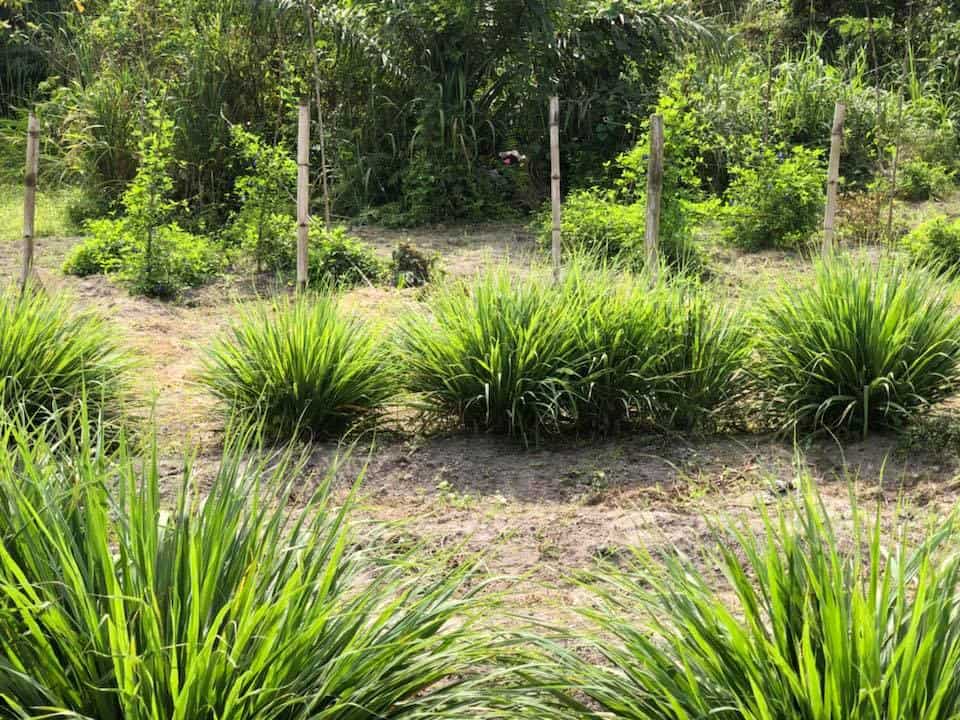
If you need a good indicator of what type of climate your lemongrass should grow in, just think of them as a distant cousin of tomatoes.
This means that during the night you will need the temperatures to be around the 50s when you actually start planting the lemongrass.
Do keep in mind however that lemongrass tends to be quite frost sensitive, so while it can grow during the winter it is not recommended to plant them outside if you want them to actually survive through the cold.
What you can do though is you can just take them and plant them indoors in pots or you can plant them outdoor in pots only to bring them back inside when the weather gets a bit too raspy for them.
The Fertilizer
For the most part, when it comes to its overall growth, all of your worries will be taken care of by a simple nitrogen-rich fertilizer.
We recommend that you go for a relatively simple slow-release 6-4-0 fertilizer as this will feed your lemongrass plenty during the growing season.
You may also use manure tea to water it down, but it is quite a bit more expensive so you don’t really have to if you want to keep your garden budget-friendly.
How to Grow Lemongrass
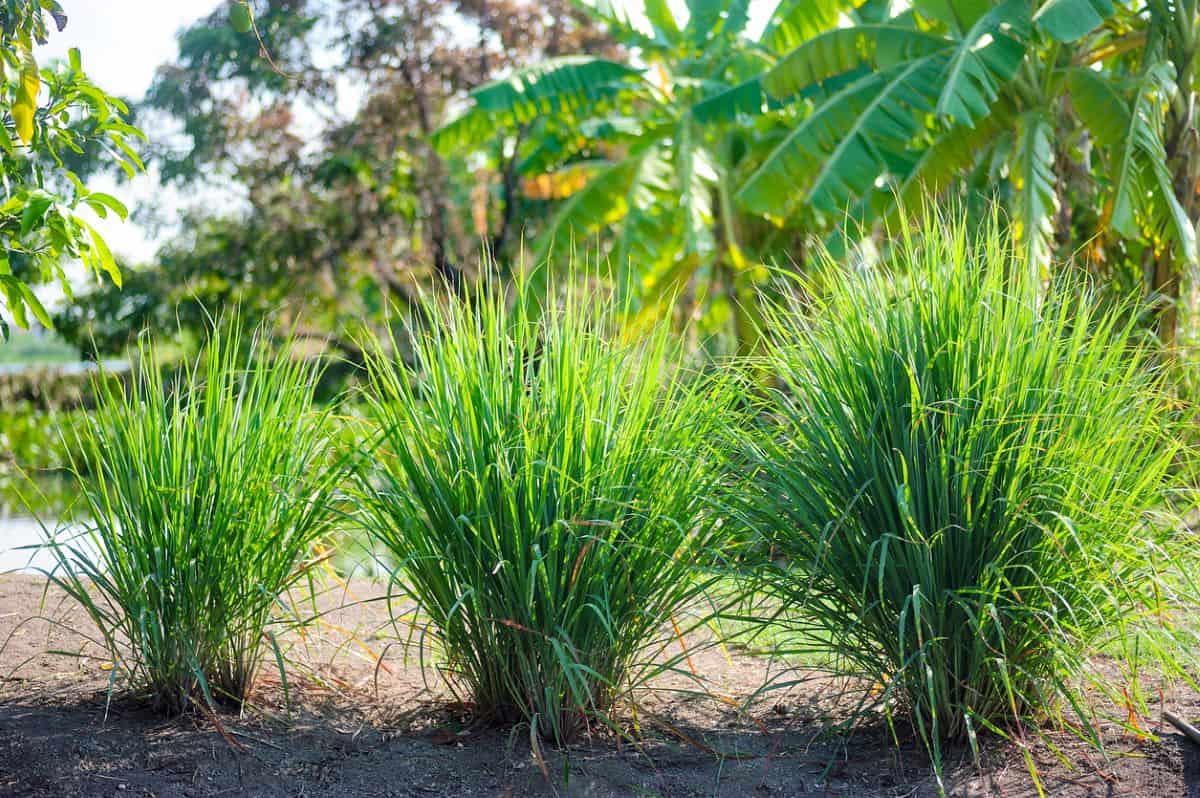
You can actually start your very own lemongrass garden either from seed or a plant.
On top of that, as it matures you can cut parts of it away and use them whenever you want to without worrying that the rest of the lemongrass will start rotting.
Growing From Seed
If you do choose to start your garden from seed, you should know that it will germinate best in warm, moist soil.
You can actually try sowing them directly outside, but this does open up the possibility of them dying from the frost.
This is why it is recommended that you instead start them indoors, only to then take them outside once the frost is gone.
You should also give your seeds rich and organic soil while you also make sure that they are properly moisturized. We recommend that you use a spray bottle to do this.
As soon as they get to be around an inch or two tall you can start thinning them out. When they get taller than six inches you can take them outside.
Growing From a Starter
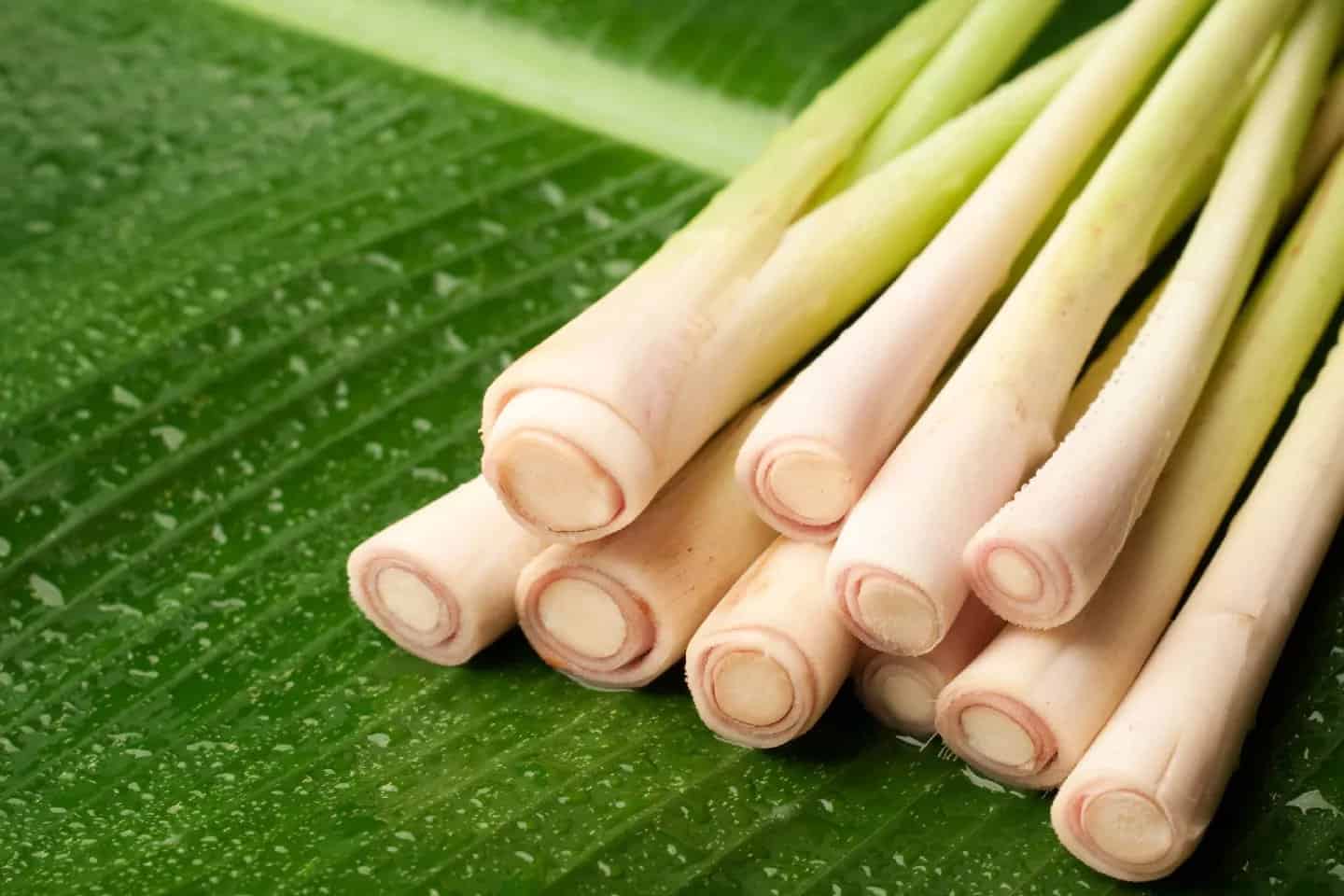
If you decide to go with a starter, you’ll be happy to hear that you can just plant them directly in the ground in a sunny location and before long they’ll get established all on their own.
Just make sure to water them thoroughly during this time too. You may also plant the lemongrass directly in a pot.
You can combine it with other flowers to keep them safe from pests, or you can just plant them separately in a pot of their own.
Potting and Repotting
We kept on mentioning how you can pot and repot the lemongrass, and for good reason too. It is actually recommended that you do so if you decide to plant your lemongrass during colder months.
While the climate outside may be a bit too cold for them to actually grow properly, you can simply pot them and bring them inside where they can thrive all the way up until the temperature outside starts changing.
Interestingly enough, lemongrass is known for growing in clumps, which makes it quite easy to split later on down the line as you move it to a new garden spot or a new pot.
Harvesting Lemongrass Stalks
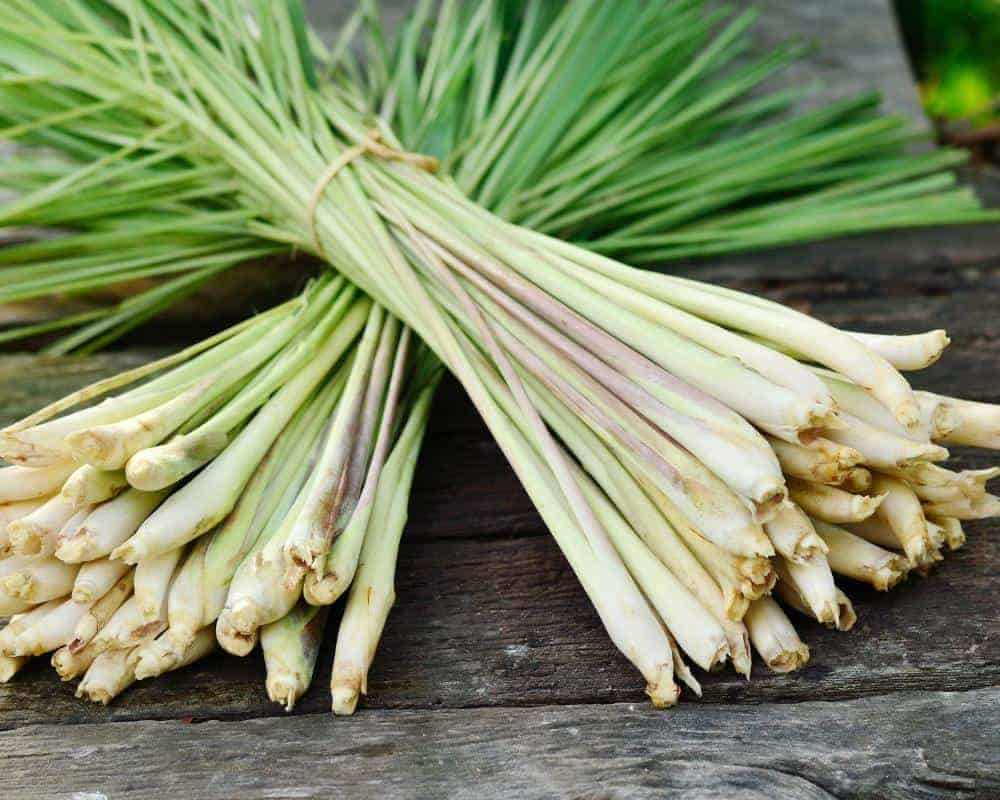
Lemongrass can be harvested for both its stalk and its foliage. Regardless of which of them you go for though, you can start harvesting it as soon as the plant gets to be around a foot tall or so.
You can then start cutting, twisting and breaking off a stalk which is around ¼ inch thick. You should start feeling your way down the stalk to its most tender part, only to remove it as close to the ground as possible.
After this process you may remove the woody outer portion and its leaves. You can use the leaves by drying them or just composting them later on.
The tender part on the other end should be sliced up and added to any recipe you want it for. Any extra lemongrass you have from your harvest you may keep for later in a fridge or a freezer.
If you happen to be living in a colder region though, chances are that you grew your lemongrass in the fall, right before the frost settles in.
If that sounds familiar to you, then you should now cut the foliage down all the way up until you reach the lighter colored stalks.
After you get there, you should break or cut them off. You can then get rid of the roots and any discolored portions as you use the tender bits however you see fit.
How to Store and Preserve Lemongrass?
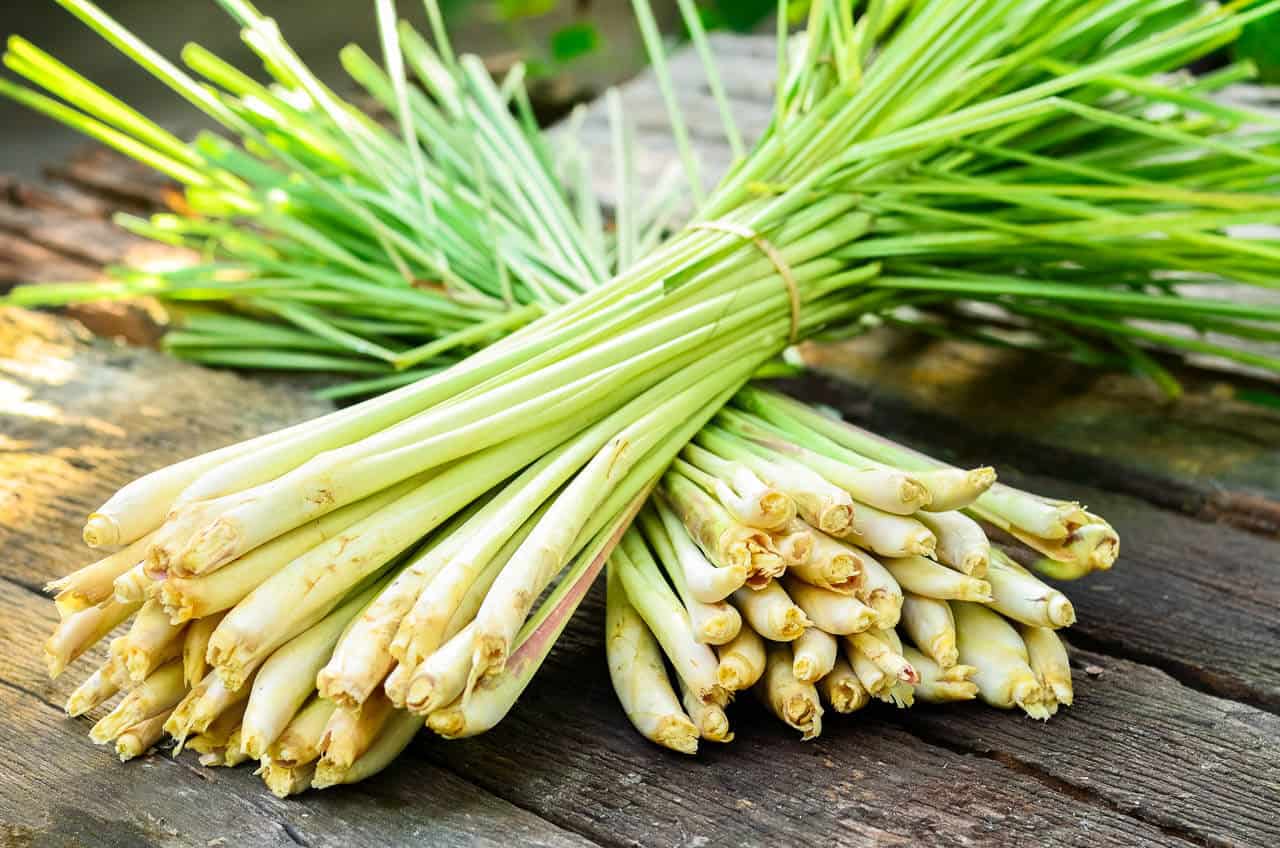
If you want to preserve your lemongrass after you cut it down, you will need to ask yourself when exactly you will be using it in the first place.
If you want to cook with it later that day or that week, you can simply prepare and cut the stalks in small pieces. Afterwards just place the bits into a freezer bag and throw it in your freezer.
If you want to make lemongrass oil though, you will need to start off with fresh lemongrass. So, take about a handful of it and then cut it into pieces, wash it down and break it down using a mortar and a pestle.
You will then need to add in oil, heat and strain and you should very well have a fresh batch of lemongrass oil on your hands by now.
Last but not least you can also dry up the herbs for later use. Luckily drying them is quite an easy process to get through.
For one, you just need to rinse it all out and set it out to dry on a strainer or a towel. We recommend that you place them in a well lit area to make sure that everything dries up nicely.
A few days later you should have a bunch of dried stalks on your hands that you may use at anytime you want.
Tips For Using Lemongrass
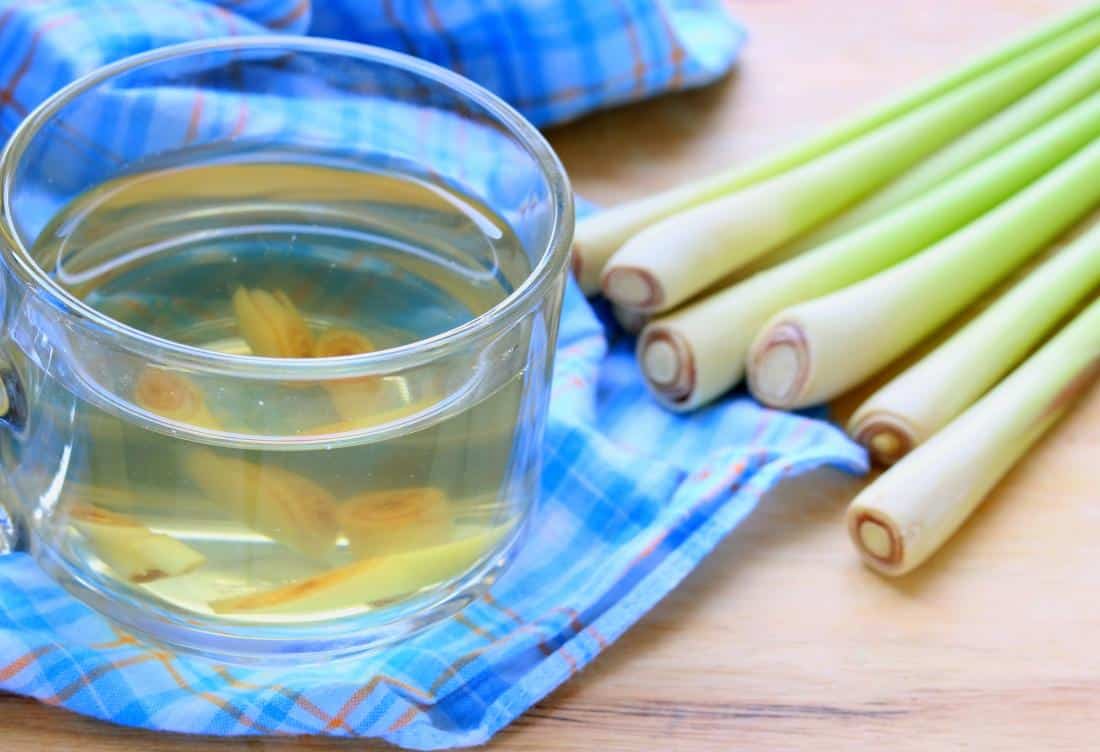
Using your lemongrass is just as fun as growing it thanks to how many different ways there are to go about it. For example:
- Lemongrass tea – This is considered to be the best way to use your lemongrass as you take full advantage of its rich flavor. On top of that you can also use your less flavorful lemongrass to give your tea more of a punch
- Ginger substitute – As mentioned previously, lemongrass does also make for a great substitute for ginger, although the flavor is a bit milder than the ginger’s
- Salad topping – In order to get this done you will first need to mince the tender pieces of the stalk first, but once you get it done you will absolutely love the dish you just made up in a matter of minutes
- Lemon juice substitute – As you can expect from a plant that’s literally called “lemongrass”, it can also serve as a great lemon juice substitute
- Seasoning – You can also use the stalks or leaves on pretty much any dish out there as long as they require a mild lemony flavor.
On top of these uses you may also use it as a diuretic, a mild sedative, an anti-bacterial, an anti-parasitical or better yet, an anti-microbial supplement in your diet.
In most cases, lemongrass is used to treat the following:
- Stress
- Colds
- Circulatory problems
- Bacterial problems
- Headaches
- Sore throats
Should You Prune Your Lemongrass?
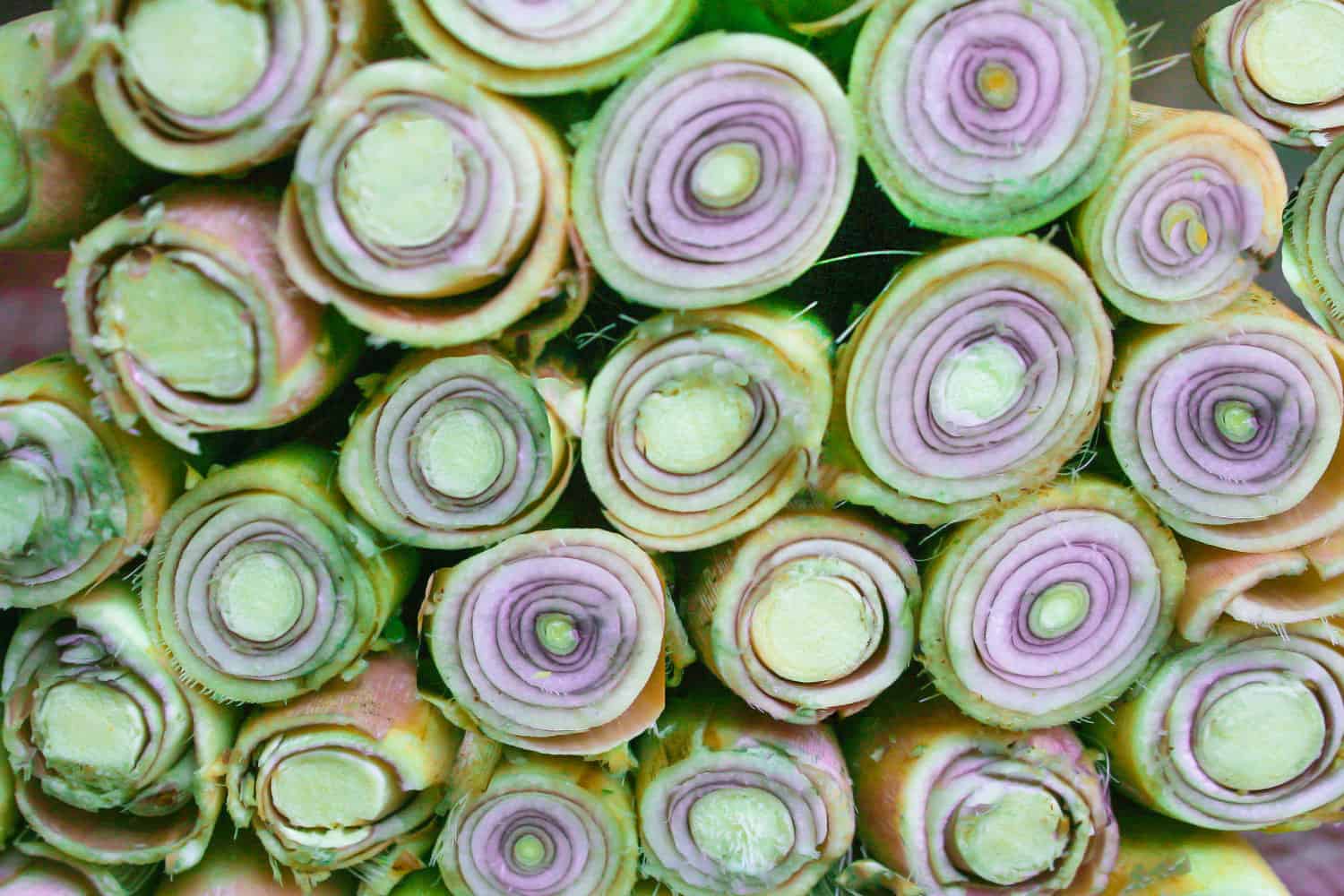
Since they can grow to be 6 feet tall and wide, you should trim your lemongrass down in case you are not harvesting it right away.
You can start doing this in early spring as that’s when the temperatures get to be around 45 degrees Fahrenheit or so.
That’s the best time for you to put on your work gloves as you start clearing away any dead debris. Just start trimming back the long leaves to be around 6 inches or so above the white stalk and you should be fine.
Common Lemongrass Diseases and Problems
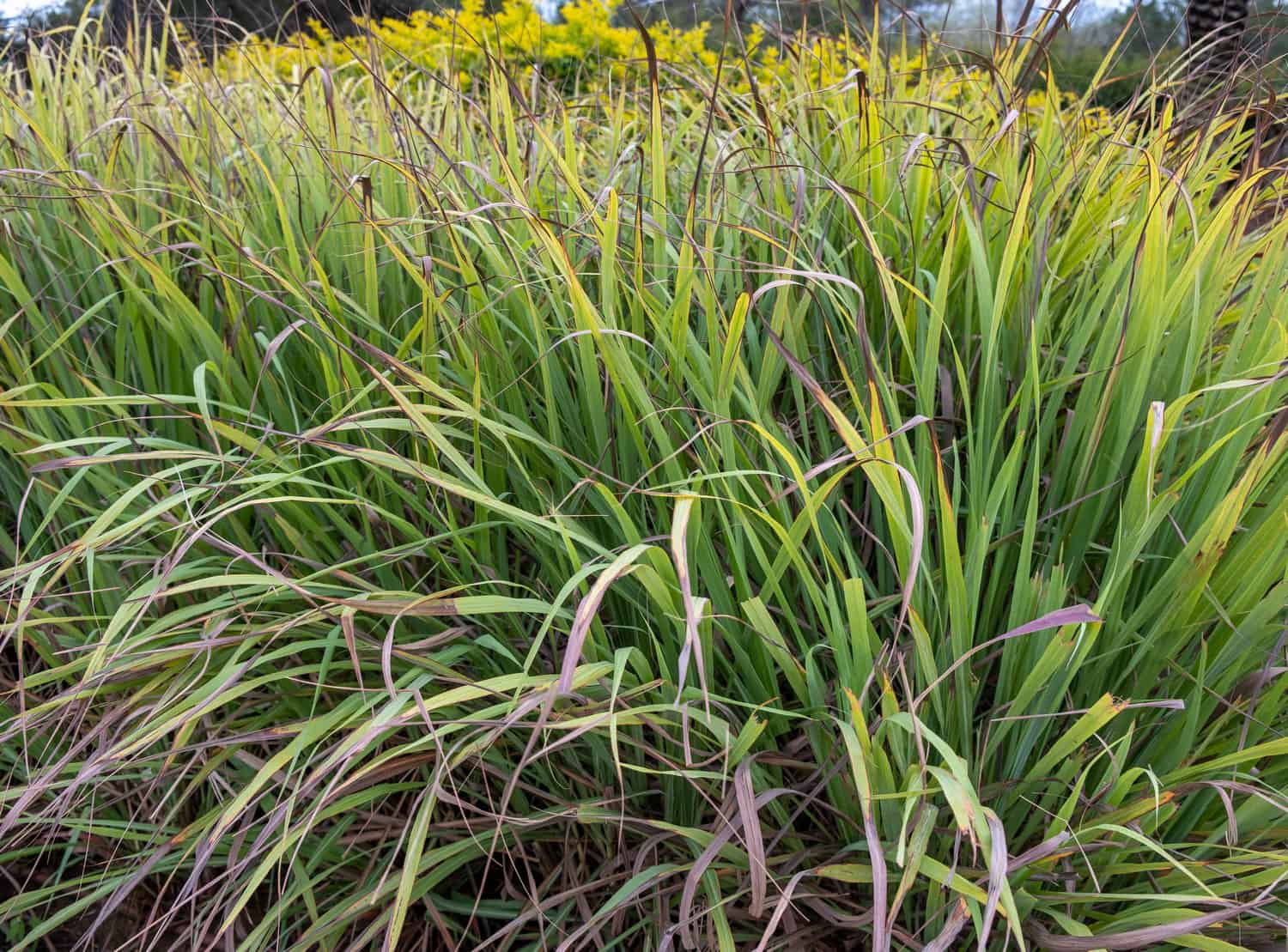
In some cases, rust fungus may start affecting your lemongrass. You can quickly tell if you’re dealing with that if your lemongrass starts to develop brown spots or streaks on its leaves. You may keep your lemongrass healthy by simply watering them at soil level, not from above the leaves.
At the same time, one of the most common problems that we could think of with the lemongrass includes the fact that they usually dry out quite quickly.
This is quite a problem, especially if you grew them indoors in pots. When potting lemongrass, you should know that this process makes them weaker in general so they will easily dry out on their own.
Luckily you can avoid this by watering them regularly as soon as you take them out of the pot and plant them outside.
Conclusion

Well, there you have it, that’s all there is to know about lemongrass planting.
It is a great plant to start harvesting away, especially so if you have never done any other work around your garden before.

